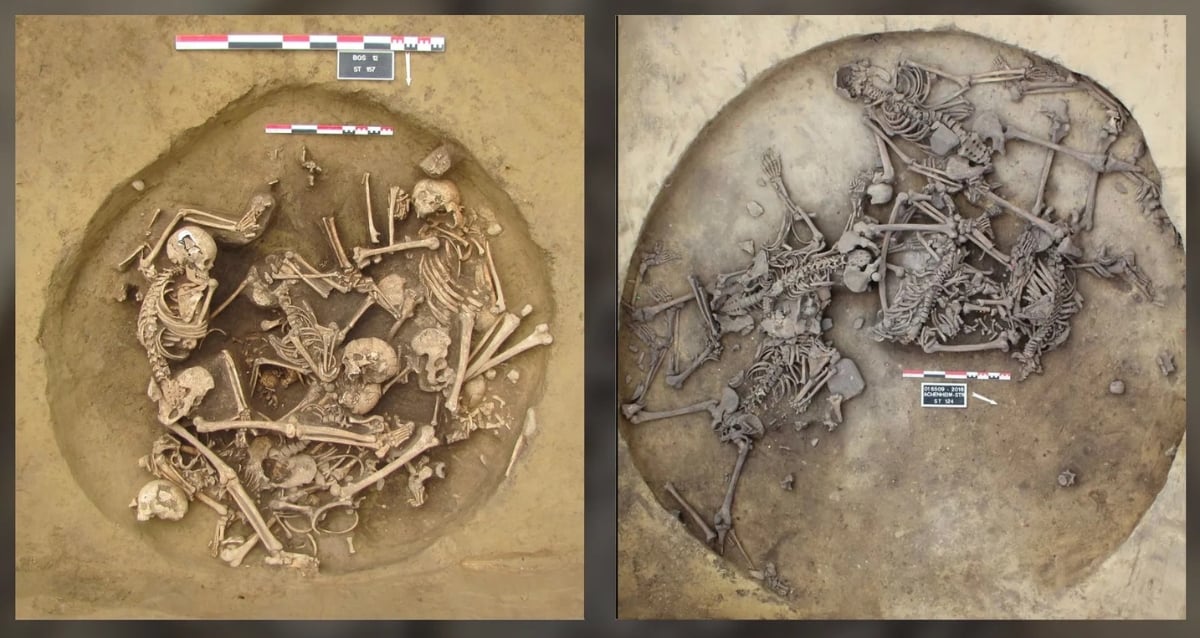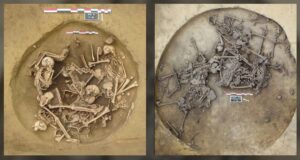Ancient Rome’s Secrets Unveiled: Mysterious Giant Statue Head Discovered Near Trajan’s Forum!
The Marble Statue Head Found In Rome
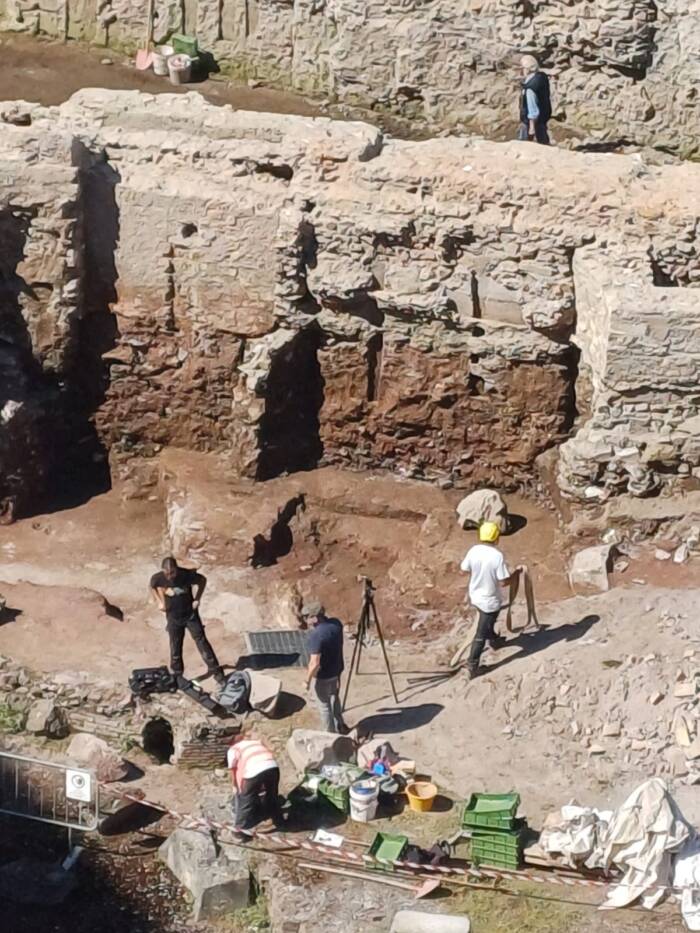
Roberto Gualtieri/FacebookThe statue head was discovered during excavations of Via Alessandrina as part of a project to restore Rome’s ancient sites.
According to a Facebook post from Roberto Gualtieri, Rome’s mayor, the giant marble statue head was uncovered during excavations of the city’s Via Alessandrina funded by Italy’s National Recovery and Resilience Plan (PNRR).
The statue was found near Trajan’s Forum, which was constructed by the Roman emperor Trajan between 105 and 112 C.E. following the conquest of Dacia. Made of marble, it has a “male face… a thick head, and an intense expression,” and it seemingly spent centuries hidden underground.
It’s still uncertain who the statue is meant to depict. Gualtieri noted that “[a]rchaeologists are working to reveal its identity,” but it seems likely that the statue is connected to some prominent figure, possibly an emperor or deity.
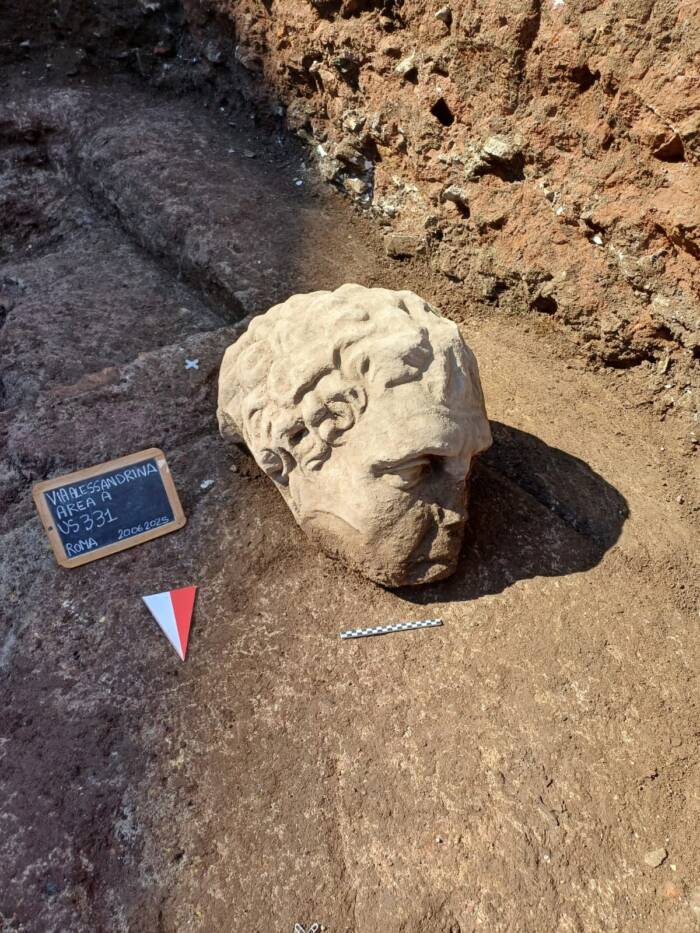
Roberto Gualtieri/FacebookThe statue was found in a medieval layer of the soil surrounded by other ancient objects.
Whomever it depicts, what is certain is that the statue connects to the larger imperial history of the ancient Roman Empire.
A Discovery In The ‘Heart Of Imperial Rome’
Though archaeologists don’t know much yet about the statue head’s identity, they do have a good sense of the history of the place where it was located. The statue head was found near Trajan’s Forum, or, as Gualtieri described it, the “heart of imperial Rome.”
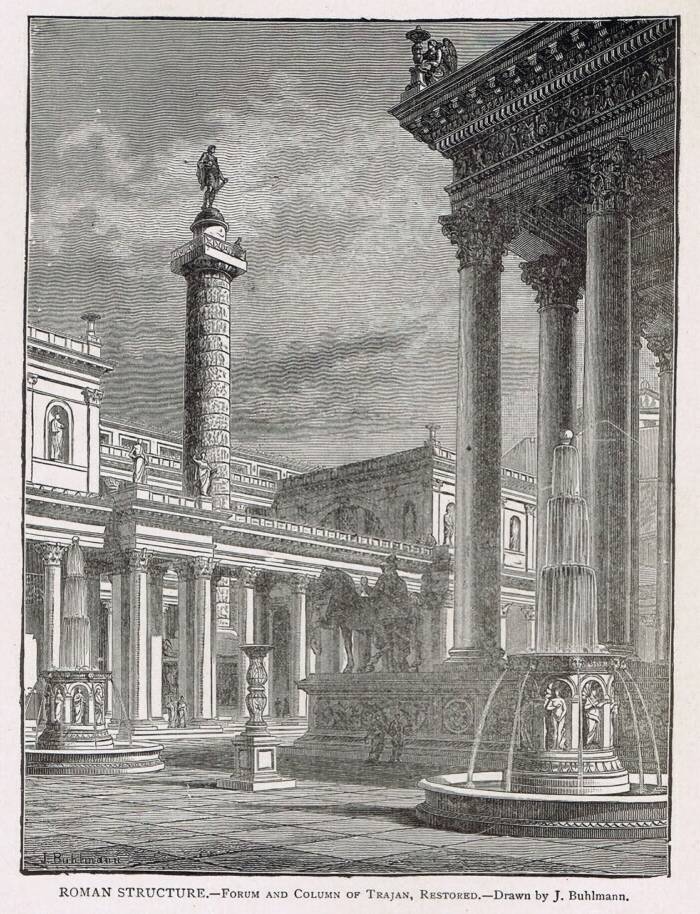
Public DomainA reconstruction of how Trajan’s Forum may have looked in antiquity.
Designed by Apollodorus of Damascus and funded from the spoils of the Dacian Wars, Trajan’s Forum was originally almost 1,000 feet long and roughly 600 feet wide. It included a plaza, a basilica, two libraries, and Trajan’s Column, a towering column with a bas-relief that tells the story of the Dacian Wars. Trajan’s successor, Hadrian, also later added a temple known as the Temple of Trajan to honor Trajan’s memory.

